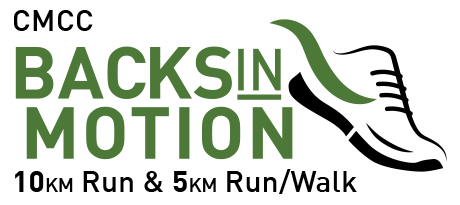 When people find out that I run marathons – I’ve run 14 so far, with my 15th happening next month – they usually ask me how much I run to train. I think that people expect me to come back with a reply like “20 kilometres every day” or “60 miles a week.” The answer is usually a surprise.I started training for my first marathon in 1999 by signing up for a marathon clinic at Running Free in Markham, Ontario. They used a pretty typical marathon training program consisting of running five or six days a week at various speeds and distances. If you’ve ever looked for a marathon training program online, you’ll be familiar with the typical training plan that looks something like this.
When people find out that I run marathons – I’ve run 14 so far, with my 15th happening next month – they usually ask me how much I run to train. I think that people expect me to come back with a reply like “20 kilometres every day” or “60 miles a week.” The answer is usually a surprise.I started training for my first marathon in 1999 by signing up for a marathon clinic at Running Free in Markham, Ontario. They used a pretty typical marathon training program consisting of running five or six days a week at various speeds and distances. If you’ve ever looked for a marathon training program online, you’ll be familiar with the typical training plan that looks something like this.
I made some decent progress on those schedules, eventually getting my marathon finishing time down to 3:17 over a couple of years, but I was having trouble getting any faster than that. So, in the winter of 2004 I decided to change my training plan a little bit. It was probably more due to the winter weather than anything else, but I decided to add two nights swimming laps instead of two nights of “garbage miles” – what most runners call their low-milage runs that are not intended to increase speed or stamina. I also headed to the indoor track at York University for one workout a week, leaving just two outdoor runs a week. My schedule looked something like this:
- Monday: swim (up to one hour)
- Tuesday: tempo run (15 km, fast)
- Wednesday swim (up to one hour)
- Thursday: intervals/track (repeats of 800m, 1200m, or 1600m)
- Friday: rest
- Saturday: long run
- Sunday: rest
Although it was still a very busy schedule, I found that I responded really well to having the extra days of “rest” from running. I ended up finishing the 2004 Mississauga Marathon in 3:10, my fastest marathon time, and thereby qualifying to run in the 2005 Boston Marathon. I maintained the same sort of training schedule and, when work didn’t get in the way of training, have been able to do consistently well in marathons and other races.
 This past winter, I decided to modify the training schedule a bit, due to the added time required and exercise from walking Molly – I practically stopped going to the pool to swim, but still maitained my training runs three days a week. I’m not sure if it’s of all the extra exercise I’m getting from walking her has compensated for not swimming, but I’ve actually been able to get faster. I ran a very windy 2006 Mississauga Marathon in 3:13 but probably would have run under 3:10 in better conditions. I also ran the Toronto Half-Marathon in 1:26:54, my fastest half-marathon by over two minutes.
This past winter, I decided to modify the training schedule a bit, due to the added time required and exercise from walking Molly – I practically stopped going to the pool to swim, but still maitained my training runs three days a week. I’m not sure if it’s of all the extra exercise I’m getting from walking her has compensated for not swimming, but I’ve actually been able to get faster. I ran a very windy 2006 Mississauga Marathon in 3:13 but probably would have run under 3:10 in better conditions. I also ran the Toronto Half-Marathon in 1:26:54, my fastest half-marathon by over two minutes.
The real test will come on November 19th when I will run the Philadelphia Marathon and hopefully be able to improve on my personal best time of 3:10.





















OK Kev, your times improved but one thing you forgot to mention is that you started to train with me…I only run 3 times a month!
I tried to do a little cross training to speed up my hill climbing ability for a half-marathon in the mts over Fort Collins in C.O. I started running steps at the football stadium and ruined my feet. Be very careful when changing up your training.